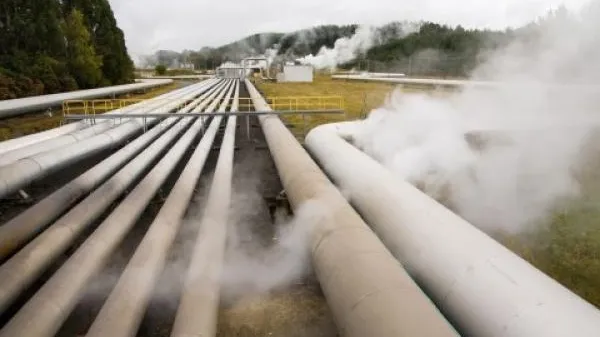
Why LNG power investors should remain vigilant in the Philippines LNG market
Investors are said to risk exposure to $14b in stranded assets.
The race to develop liquified natural gas (LNG) facilities in the Philippines has gone from a marathon to a sprint but potential LNG investors must proceed at their own risk, according to a new report from the Institute for Energy Economics and Financial Analysis (IEEFA).
“Officials in the Philippines have endorsed a rapid buildout of LNG import infrastructure due to the anticipated depletion of the Malampaya deepwater development, the country’s only domestic source of natural gas, and high GDP growth expected over the next decade,” says the report’s author IEEFA Energy Finance Analyst, Sam Reynolds.
Many countries have pushed for LNG as an alternative for coal-fired power, representing a viable transition fuel from coal to renewables.
“In this context, it is easy to assume that the Philippines’ LNG demand will grow rapidly, and that investments in LNG-fired power plants will face negligible development risks and reap all-but-guaranteed returns. But the picture is much more complicated,” Reynolds said
He cited the country’s long history of incomplete LNG import projects.
“To date a large diversity of industry players with extensive financial capacity and project management expertise—including international oil and gas majors, commodity traders, state-owned oil companies, and regional utilities—have been unable to bring LNG-to-power assets online,” he added.
His report estimates the total value of proposed LNG import infrastructure—including power plants, ports, regasification facilities, and pipelines—to be US$13.6b (PHP 653.5 billion), all of which is at risk of being stranded due to the rapidly changing legal and commercial landscape.
Legal and regulatory policies concerning LNG in the Philippines is still in its budding stage that further adds uncertainty in the market. Additionally, there is no existing transmission and distribution infrastructure to supply non-power consumers.
The report said that industrial, commercial, residential, and transport sectors will require massive investment in gas transportation infrastructure, yet the Department of Energy expects industrial natural gas demand to grow at a negligible rate of 0.4% per year to 2040.
“As such, LNG demand is likely to undershoot analyst forecasts for rapid growth, leaving investors on the hook for unused mid- and downstream capacity,” Reynolds added.
Meanwhile, the growth of renewable energy will threaten LNG, making it highly uncompetitive. The rapidly declining cost curves for renewables demonstrate that long-term pricing has shifted in favour of renewable energy growth. With policies in the country accelerating towards clean energy, natural gas-fired power plants reliant on volatile imported fuel prices will realize fewer opportunities for longterm guaranteed returns.
“Going forward, investors will have to take on significantly greater market risk. Whether they will be willing to do so remains to be seen,” Reynolds added



















 Advertise
Advertise






